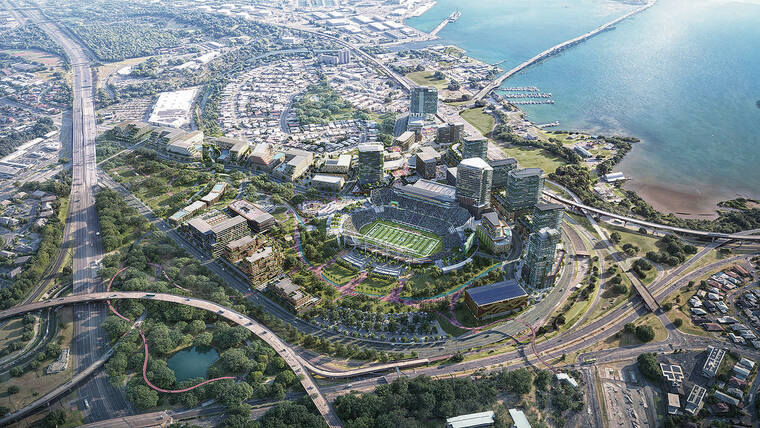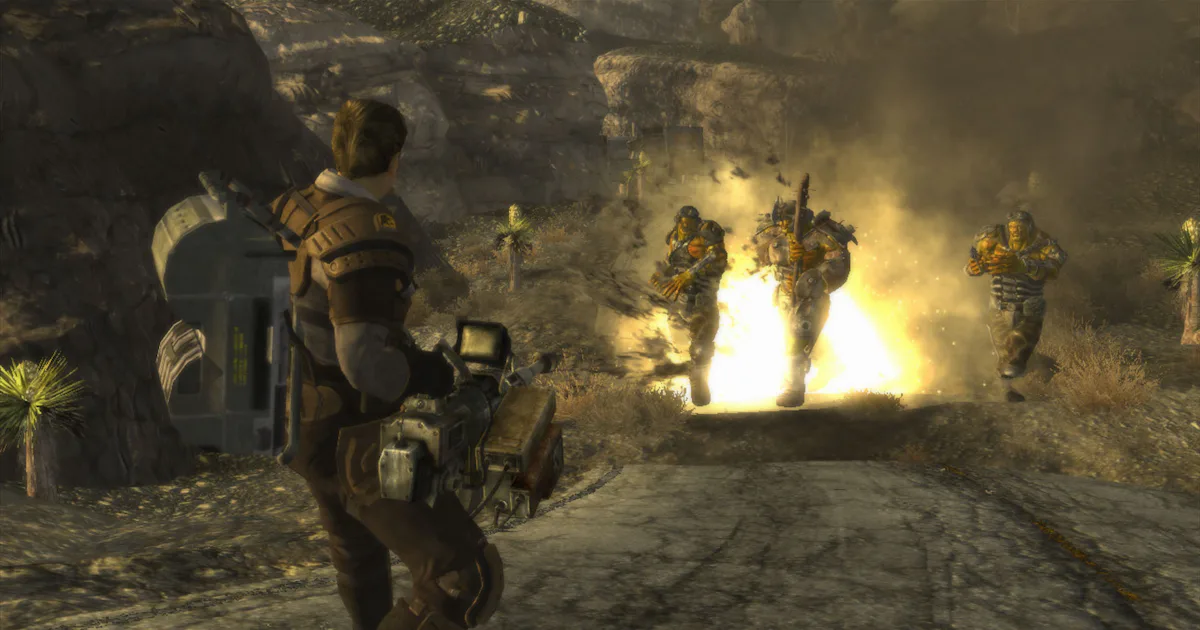Copyright staradvertiser

Some of the best times for my father-in-law, bless his soul, were playing cards or craps with his brothers and friends. They would smoke cigarettes, drink beer and refer to each other as a “jackass” while laughing and laughing some more. One evening, he had a particularly good roll, during which his son-in-law interjected: “Way to go, Jackass!” Apparently, there are things we think and feel but should never say aloud. Read the room, as the strategists say. It is a lesson that should be followed when it comes to anything related to the plans for Aloha Stadium and its replacement on the same Halawa property. Another farewell event to Aloha Stadium? Discussion on how a Canvas Stadium or Snapdragon Stadium could be built here? Plans to hold rugby and other events at the new Halawa Stadium in 2029? Such talk should be met with this: The only thing most sports fans care about is the return of football games to a real Division I-quality stadium. The original signers of the Declaration of Entertainment — notably Gov. John Burns — lobbied for a stadium designed with UH football in mind. The Pro Bowl, concerts, Pearl City High School graduations, Robbie Knievel’s jumps, motocross races, monster truck events and the Great Aloha Run’s finish line were bonuses. It’s been nearly five years since it was determined Aloha Stadium would be shuttered for spectator-attended events because of safety concerns. There was imminent fear the “Rust Palace” would disintegrate from old age, like the termite-eaten floors of a haunted house. As we’ve learned, the stadium is not exactly self destructive. It will take more than nine months of Lex Brodie’s-styled, chip-chip-chip chipping to raze the 50-year-old facility. That’s what makes it infuriating to know that the property still hosts fairs, the swap meet and, this past weekend, another farewell activity. Sports fans don’t want to hear how the show ended for football but must go on for other events. We’re all reasonable. We understand the new stadium, whenever it is completed, will be the best it can be given the circumstances. Stanford Carr is a masterful developer. If there were a fantasy developer league, Carr would be the first drafted. But given the budget (and he’s willing to pony up millions from his own checking account), the available land and requirements, there are limits to what even he can build. We understand Gov. Josh Green’s position. The leader of the 50th state needs to assure the basics: food, shelter, medical availability and, of course, a football venue. Squeezing a stadium, affordable housing and entertainment district onto a state-owned property checks items on the to-do list. And we’re appreciative of lawmakers who are mindful and protective of how our taxes are redistributed. But we don’t need more tributes to Aloha Stadium’s past. Was Saturday’s event the third or fourth farewell? We don’t need a fact-finding group to travel to Fort Collins to determine whether a stadium similar to Colorado State’s Canvas Stadium could be built in Halawa. A group, which visited two weeks ago, found that CSU’s on-campus facility serves as a complex featuring stadium-seating meeting rooms and offices for the Rams. Canvas Stadium is useful whether there is an event or not. The Rams also do not have to share the surrounding area with housing complexes or businesses. As for San Diego State’s Snapdragon Stadium, which took two years from groundbreaking to opening ceremony, it was constructed with materials and labor that might be out of the new Aloha Stadium’s price range. Snapdragon is situated on 135 acres that SDSU purchased in 2020. While talk of Aloha Stadium’s future usefulness is supposed to provide hope and optimism, there is a growing feeling of comfort with the on-campus Ching Complex as the home venue for UH football games. Sure Ching’s bleacher “seats” are too narrow for a plate-lunch populace. And unlike college football fans across the country, UH’s do not like to stand for an entire game. (At UH basketball games, fans rise for the opening tip and then sit when the ball’s been tipped instead of waiting for the first basket.) With Ching, UH gets to keep money from parking, concessions and advertising. Unlike Aloha Stadium, there is an off ramp that leads directly into UH’s lower campus. Fans have figured out that the Ching structure and neighboring Les Murakami Stadium have clean and automated restrooms. They also learned that they can get musubi and affordable beer at the McCully 7-Eleven during halftime. And with the discontinuation of pay-per-view, all UH games are available at no additional charge. To mix and mix metaphors, could the bird in hand (Ching Complex) be a better option than the pie in the sky (new Halawa stadium)? The reaction probably would be this: Dead. Silence.



